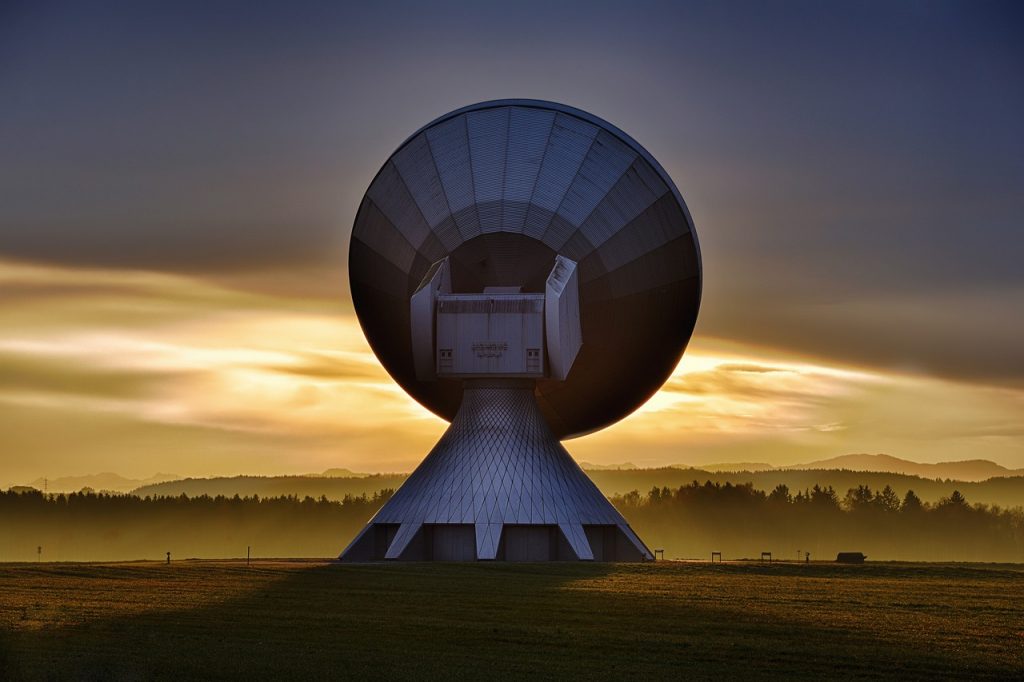And how do signals relate to trends and futurology?

GUEST POST from Art Inteligencia
Signals are important indicators of future trends and developments in a field. Futurology, the science of predicting the future, relies heavily on the ability to identify, analyze, and interpret signals that may indicate future changes or developments.
Signals can come from a variety of sources, including economic indicators, market data, industry trends, consumer behavior, and technological advances. By studying and interpreting these signals, experts in the field of futurology can develop predictions about the future.
For example, economic indicators such as GDP, the unemployment rate, and consumer spending can be used to identify signals that may indicate future changes in the economy. Market data such as stock prices, commodity prices, and currency exchange rates can be used to identify signals that may indicate future changes in the financial markets. Industry trends such as the rise of new technologies, the emergence of new business models, and the evolution of consumer behavior can be used to identify signals that may indicate future changes in markets and industries.
Signals can also be identified through the analysis of consumer behavior. For example, changes in consumer behavior, such as an increase in the use of online shopping or a shift in preferences towards healthier, organic foods, can be used to identify signals that may indicate future changes in consumer markets.
Finally, technological advances can be used to identify signals that may indicate future changes in a variety of fields. For example, the development of artificial intelligence and machine learning can be used to identify signals that may indicate future changes in the field of automation, or the development of new medical technologies can be used to identify signals that may indicate future changes in healthcare.
By analyzing and interpreting signals from a variety of sources, futurologists can make educated guesses about the future and develop predictions about the direction of a field and its emerging trends. This ability is essential for organizations that want to stay ahead of the curve and prepare for future changes.
Bottom line: Understanding signals is not quite the same thing as understanding the future, but signals lead to trends, and are a component of futurology. Trend spotters use a formal approach to achieve their outcomes (including looking for signals), but a methodology and tools like those in FutureHacking™ can empower anyone to be their own futurist and trend spotter.
Image credit: Pixabay
![]() Sign up here to get Human-Centered Change & Innovation Weekly delivered to your inbox every week.
Sign up here to get Human-Centered Change & Innovation Weekly delivered to your inbox every week.